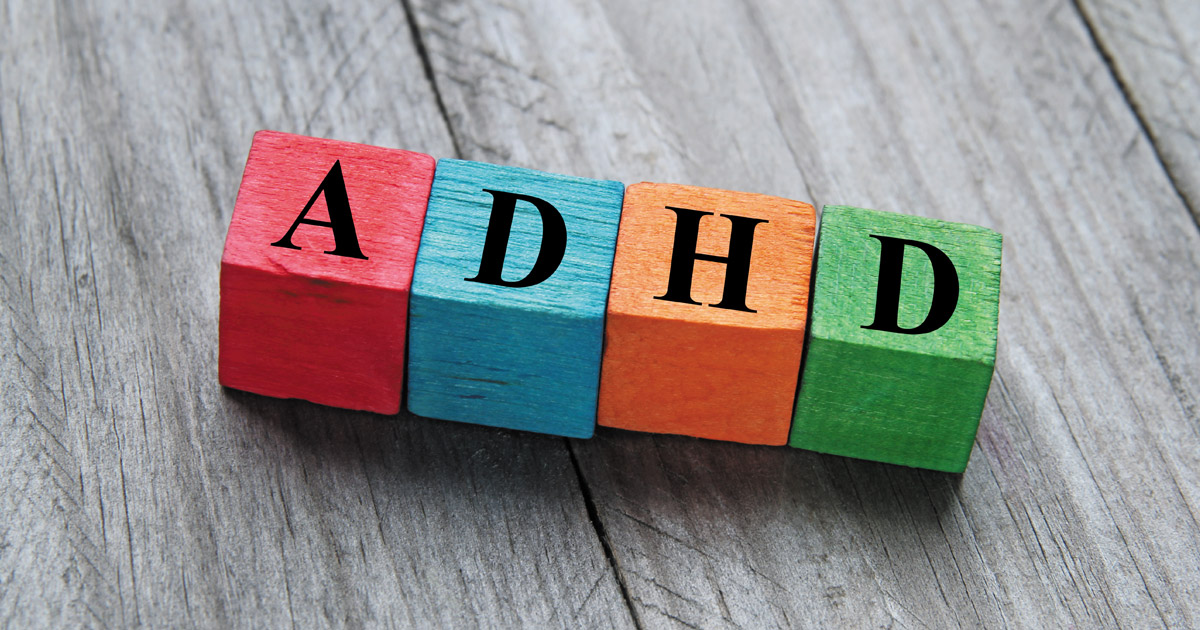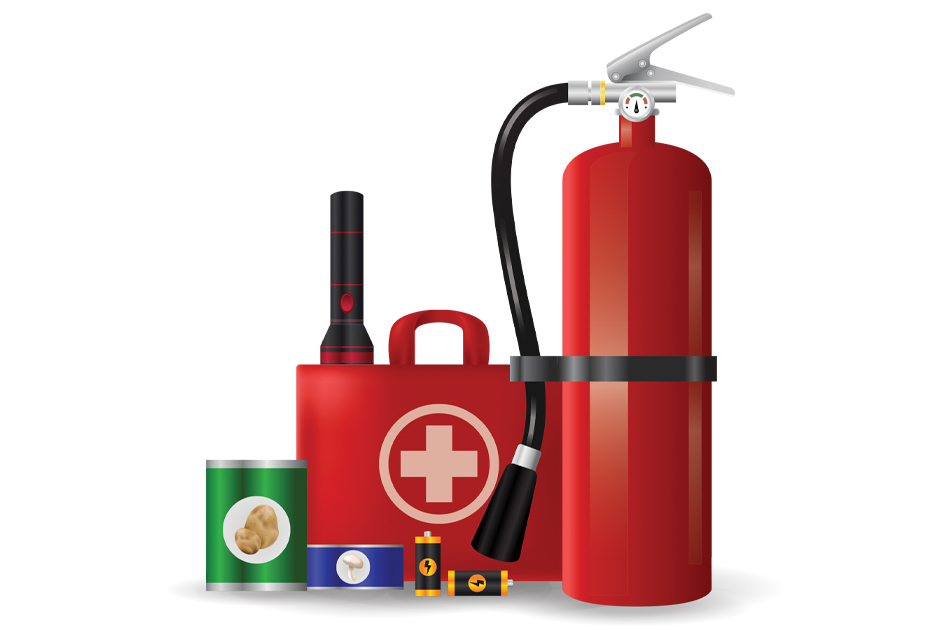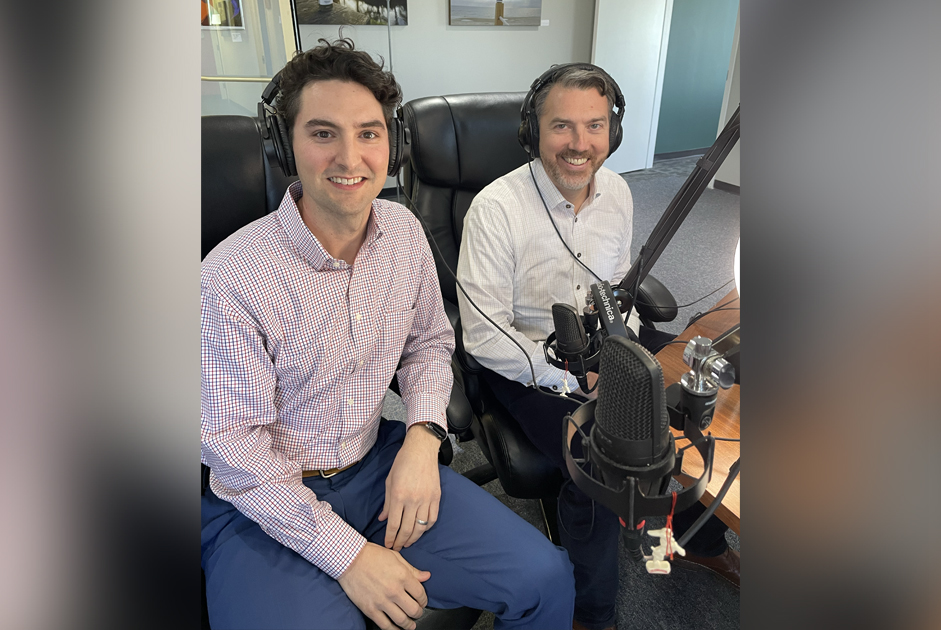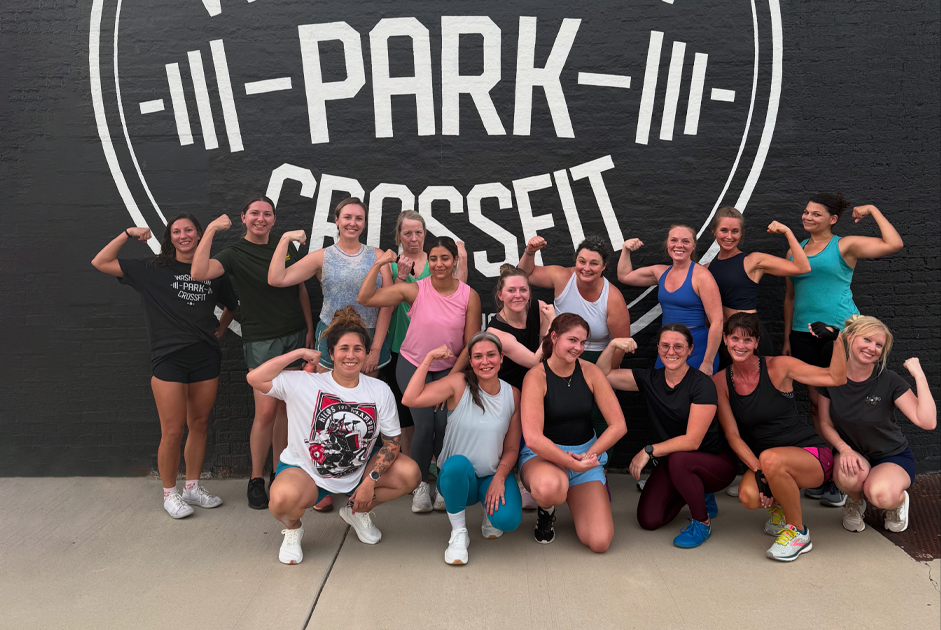On occasion, we can relate to the brain taking over, controlling our actions and affecting our motivation and concentration levels. After time, it may be difficult to define what normal behavior is. The first step may be to seek advice and guidance from a doctor. The keen need to know what is happening with our bodies and abilities becomes urgent. Young children are born with impulsive and sometimes rambunctious behaviors, which may cause frustration and difficulties at home, school, and during socialization opportunities. With the combined efforts of the school staff and parents, doctors are able to gather information to determine whether a child has exhibited six out of the nine symptoms of inattention and hyperactive-impulsive behavior. While this process takes time, the rewards of a correct diagnosis can help parents, teachers, and the child understand the best traits of ADHD.
Defining ADHD
With three variations of ADHD, in which the person is predominantly inattentive, hyperactive/impulsive or a combination of both, ADHD is uniquely different in every person. The medical condition known as attention deficit hyperactivity disorder affects how well a child can sit still, focus, and pay attention. While the brain controls a child’s activity and attention, ADHD does not impact intelligence. A child may have difficulty following instructions or sequential steps, and lack fine motor control, which will make writing or completing assignments a challenge; but, the positives are often overlooked. The child who daydreams, arriving at ten different thoughts simultaneously, could later be an inventive artist and a master problem-solver. Most ADHD children are intellectually or artistically gifted.
Additional positives:
* With the ability to consider a multitude of ideas at once, children with ADHD are open to different ideas.
* When children with ADHD are motivated, they work, play hard, and strive to succeed. It may be difficult to distract them from a task that interests them, especially if the activity is interactive or hands-on.
A Mother’s Story
“My son, Johnny, was diagnosed with ADHD in Kindergarten,” writes Susan Owens.
“He had been a handful in Pre-K, but his teacher just chalked it up to being a typical rambunctious little boy. I had nothing to base it on; so, his behavior was “normal” to me. Once he was in a more structured setting, namely Kindergarten, where he had to sit quietly and cooperate, his behavior started becoming a little more frustrating for his teacher, as well as at home. Jumping on desks, running around the room and yelling excitedly was not normal behavior. A trip to the pediatrician with discussions with the doctor and questionnaires for the teacher as well as myself based on Johnny’s behavior led to a diagnosis of ADHD. While we tried several medications, we went through a rough few months to see which one helped him best (without unbearable side effects to us or him) to settle down, to cooperate, and to be able to learn and focus while allowing his classmates to do the same. There are two types of ADHD medication—stimulant and non-stimulant, with the stimulant type being the most commonly prescribed for children. Johnny clearly needed the stimulant; five years later, he is still taking it. While school has never been his favorite activity, the medication significantly helped him do much better in school and enjoy the extra-curricular activities.”
The Teacher, Parent, and Child Triangle
Together, parents and teachers can help an ADHD child thrive in his or her classroom and environment with the following suggestions:
Plan Ahead: Prior to the beginning of school, schedule a meeting with the classroom teacher to discuss behavior and expectations, and to create a list of realistic goals. It is valuable to share the strategies which work well at home, and how rewards and misbehavior are treated.
Communication: Whether the means of communication is through e-mail, notes sent home, or in a scheduled meeting, discuss the best possible way to receive and convey questions and updates. It is important to establish a relationship where you both can openly share observations and information.
It is a myth that all ADHD kids are hyperactive and can rarely pay attention. The first step in helping a child overcome neurological difficulties is to understand both the symptoms and the effects. Only then, can the wonderful array of superpowers begin to emerge!




















